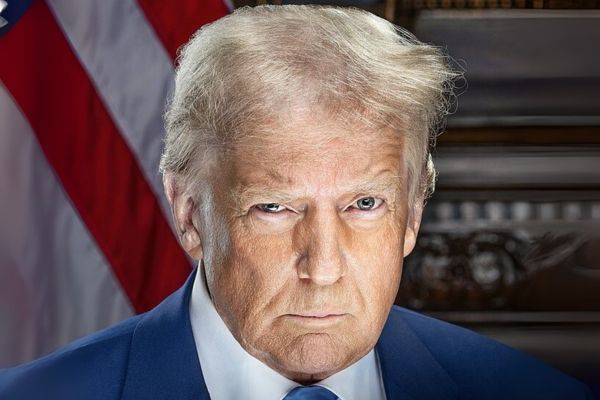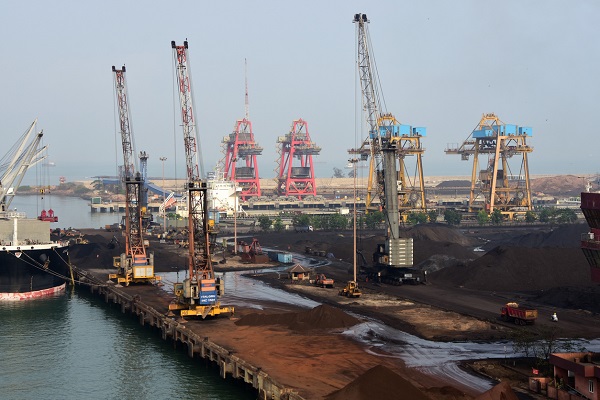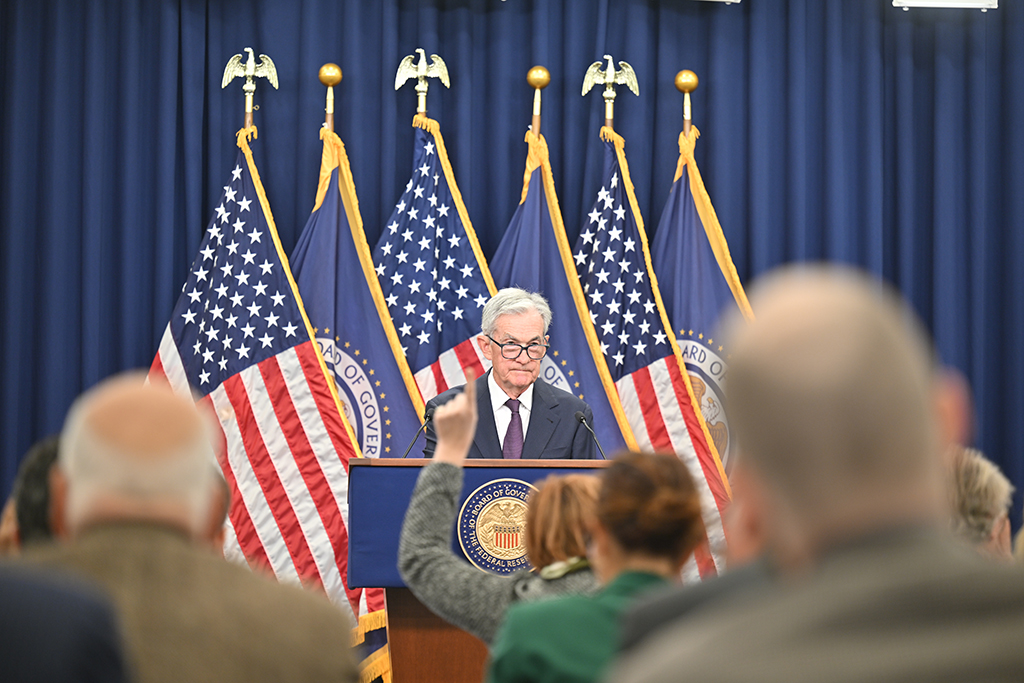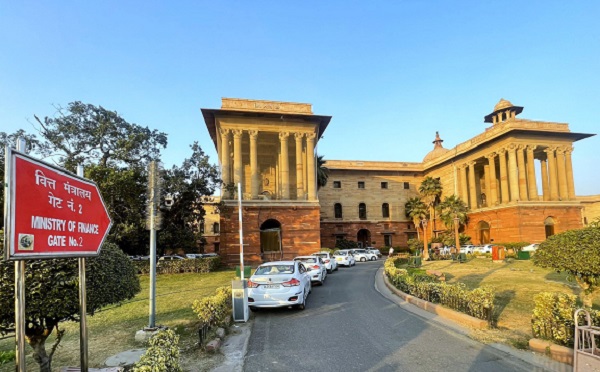.png)
July 30, 2025 at 12:46 PM IST
US President Donald Trump has turned the screws on New Delhi, confirming a 25% tariff on Indian goods from August 1 and threatening additional penalties after trade talks collapsed. Citing India’s deep energy and defence ties with Russia, Trump framed the move as both a trade retaliation and a geopolitical rebuke, a shift that risks upending $86 billion in annual exports and widening the rift between the two democracies.
In a social media post, Trump described India’s tariffs as “among the highest in the world” and called its non-monetary trade barriers “obnoxious.” He accused India of sourcing the vast majority of its military equipment and energy from Russia at a time when the US and its allies are pressing Moscow to halt its war in Ukraine. Trump added that India would face an additional penalty, without detailing the scope of the extra levy.
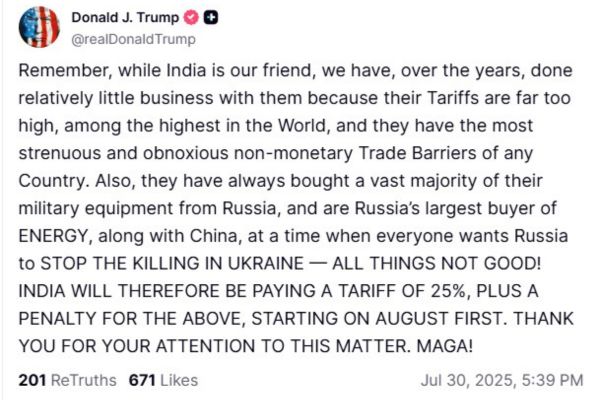
The Indian government said it is studying the implications and attaches the utmost importance to protecting and promoting the welfare of its farmers, entrepreneurs, and MSMEs.
Trump's announcement comes against the backdrop of collapsed trade negotiations between the two countries. Four rounds of talks since February, including during Prime Minister Narendra Modi’s visit to Washington, failed to break the deadlock over market access for agricultural and dairy products, auto and steel tariffs, and digital trade provisions. India may have refused to liberalise its politically-sensitive dairy sector, citing the livelihoods of millions of smallholder farmers, while the US sought deeper concessions across multiple sectors without offering reciprocal tariff rollbacks.
With the deadline for a trade agreement looming, discussions have stalled and are unlikely to conclude before September or October, according to officials familiar with the matter. India’s commerce ministry had signalled “fantastic progress” earlier this month, but domestic resistance to concessions on farm and industrial goods has hardened in the run-up to state elections.
The new tariffs form part of Trump’s broader “reciprocal” trade framework, which introduced a 10% universal tariff in April and additional duties on select countries. The additional tariff was later kept on hold. Escalation against India could threaten as much as $86 billion in exports to the US, particularly in labour intensive sectors such as textiles, gems, pharmaceuticals and engineering goods.
India posted a goods trade surplus of $41.2 billion with the US in 2024-25.
Trump’s explicit reference to Russian energy and defence purchases marks a sharp departure from earlier trade only disputes. It signals the potential for secondary penalties beyond tariffs, adding a geopolitical layer to an already fraught economic relationship. India remains one of Russia’s largest oil customers after China, and its continued imports have drawn criticism from Western allies seeking to tighten enforcement of sanctions linked to the war in Ukraine.
The confirmation of punitive duties hardens the near term outlook for India’s exporters and raises fresh challenges for the Reserve Bank of India, which is already managing a volatile currency and fragile capital inflows. With the tariff clock ticking toward August 1, the trade dispute risks spilling over into broader economic relations between the two democracies.
Updated at 21:38 PM with Indian government's annoucement.
Also Read:
India Holds Its Ground as Others Bow to US Tariff Demands
India Holds Its Ground as Others Bow to US Tariff Demands
